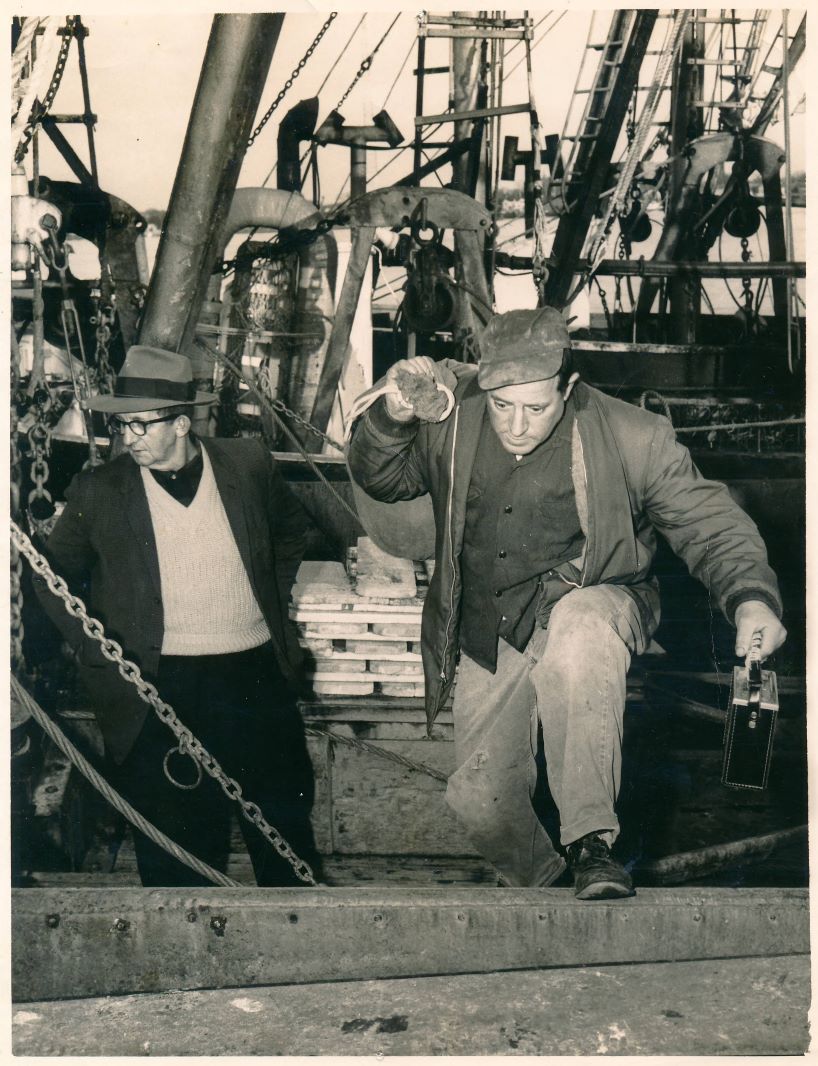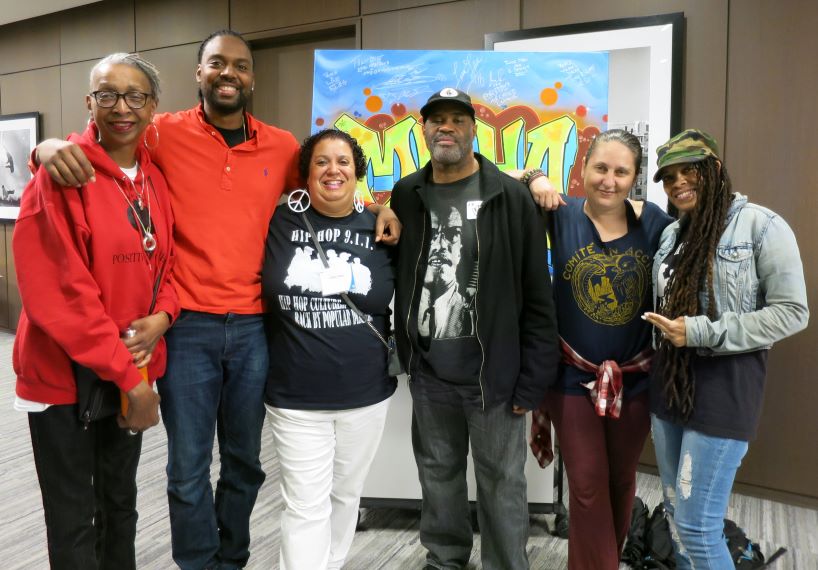A community can be any group of people that share something in common. A participatory archiving event will concentrate on documenting a specific group of people, whether it be a group who share a location, an interest, or an experience. Communities are complicated and there often differences among group members as well as commonalities. It is essential for the Project Team to consider the diversity—and tensions—within a specific community to ensure that its full richness is reflected at the event and in the collection.
Roles & Responsibilities
For an overview of all RoPA Roles and Responsibilities, please review the Building a Team module.
The Community Coordinator will guide the effort to think about the community in an expanded way and help the Project Team complete the Defining Community Questionnaire. The questionnaire will be a helpful tool for the Community Working Group Engaging Participation module as they embark on outreach. Depending on the size of your Project Team, the Community Coordinator may ask members from the Community Working Group for additional help with this module.
Depending on the size of your Project Team, you may need to designate 1 to 3 people from the Community Working Group to assist the Community Coordinator in distributing, compiling, and analyzing the Defining Community Questionnaire. These working group members may also assist in creating, implementing, and analyzing a post-event survey of participants.
Members of the community are vital to the process of defining that community. These representatives on the Project Team should drive the conversation and help the library set clear expectations around who will be engaged. They will also be familiar faces welcoming the community on the day of the event.
Everyone on the Project Team can leverage their networks and help brainstorm members of the community that should be invited to the event.
Steps to Success
Download a Quick Checklist of the Defining Community steps here.
Best Practice Examples
Do you know of a project or program that could be featured here? Please contact us.
Resources
While the Community Tool Box from the University of Kansas is geared toward public health, its “Understanding and Describing the Community” section is relevant for participatory archiving events. The page helps Project Team members think about their community in different ways and offers tips for how to reach out to all community members.
The Inclusive Historian’s Handbook includes an entry on Civic Engagement, described as a means to “challenge exclusive pasts and promote a more just and inclusive future.” There also is an entry on Collaborative Practice that outlines key components of a successful community engagement, including deliberate and ongoing methodologies for reflective practice.
Glossary
A group of people with diverse characteristics who are linked by social ties, share common perspectives, and engage in joint action in geographical locations or settings. (From the National Center for Biotechnology Information, U.S. National Library of Medicine What Is Community? An Evidence-Based Definition for Participatory Public Health.)
A process designed to expand and strengthen ties among community residents and to link them to supportive individuals, organizations, and resources to build social capital and address problems through development of partnerships and policies that promote community participation. A community engages in collective action with professionals for problem solving and enrichment resulting in new or strengthened social networks, capacities for group action and support, and standards and expectations for the life of the community. (Adapted from the Aspen Institute Final Report Contributions of Community Building to Achieving Improved Public Health Outcomes.)
The process of cultivating a two-way relationship with and through groups of people affiliated by geographic proximity, special interest, or similar situations to address issues affecting the wellbeing of those people. Community engagement can take many forms: mobilizing resources and influencing systems, changing relationships among partners, and serving as catalysts for changing policies, programs, and practices. Partners can include organized groups, agencies, institutions, or individuals. (Adapted from the US Department of Health & Human Services and the Indiana Arts Commission.)

